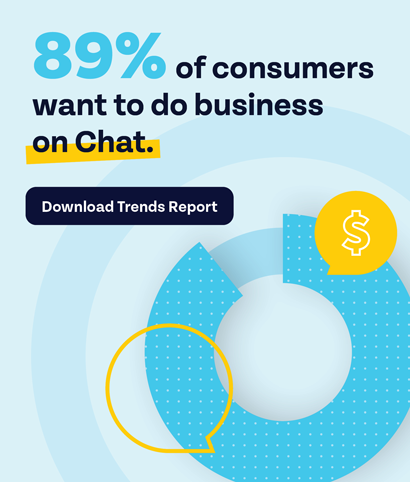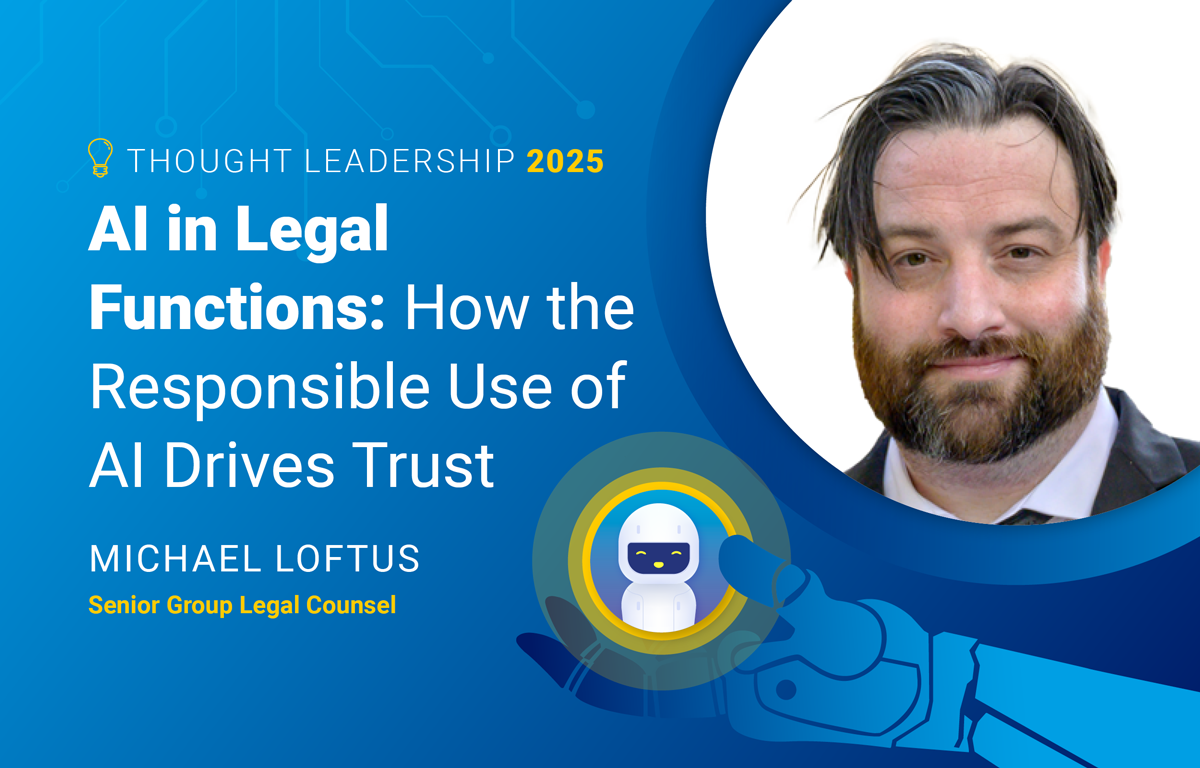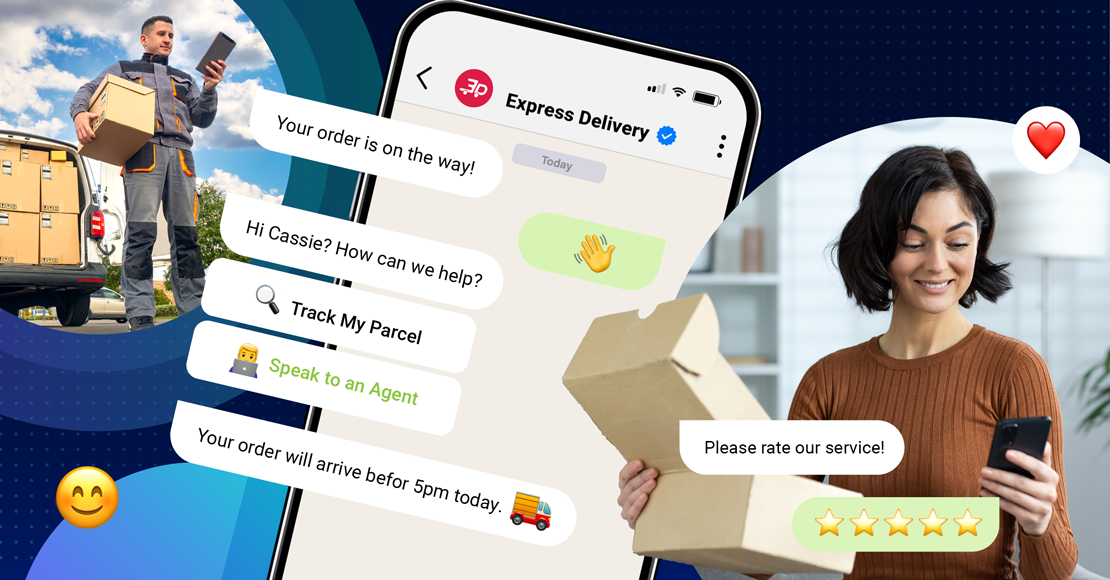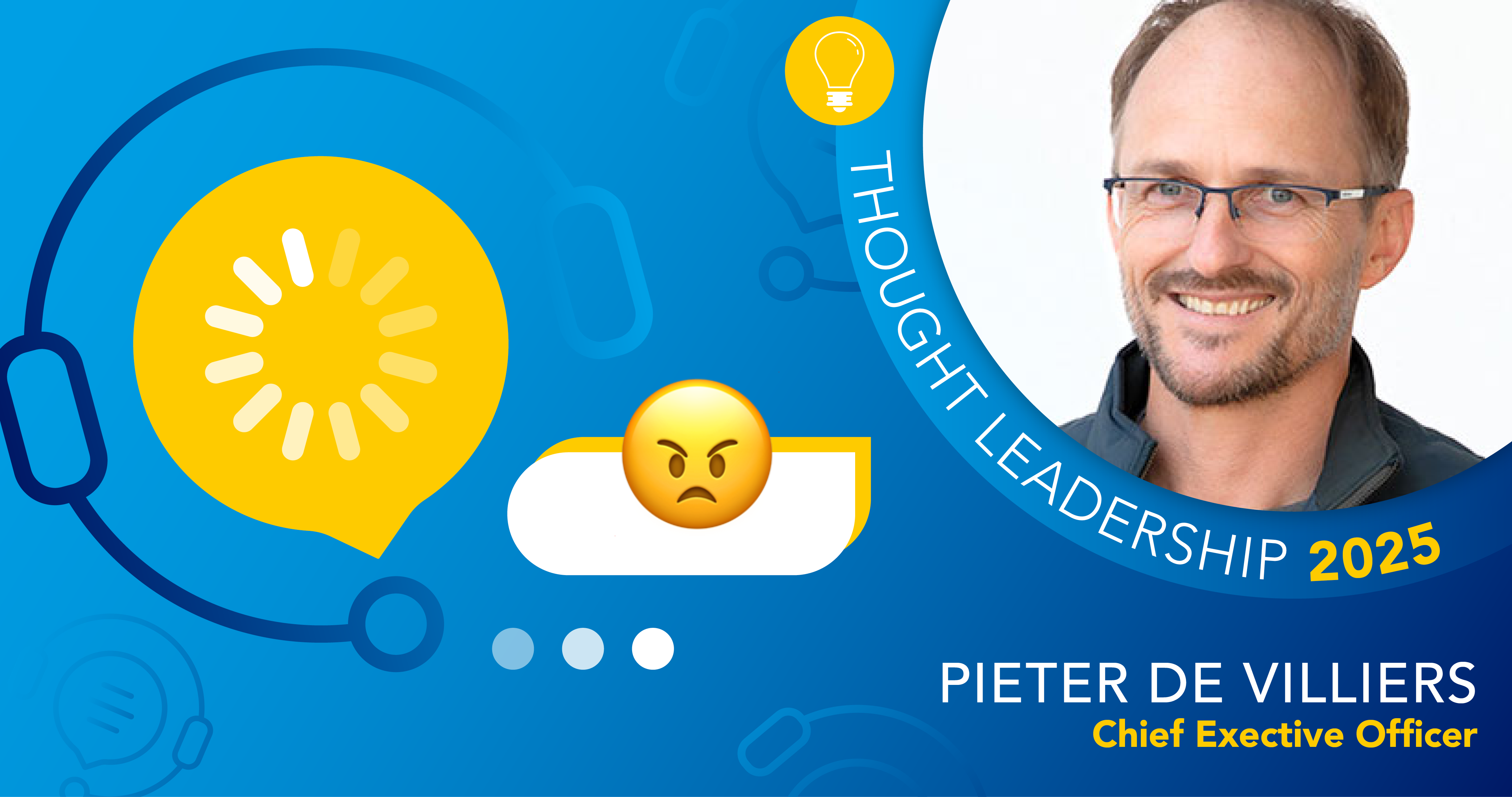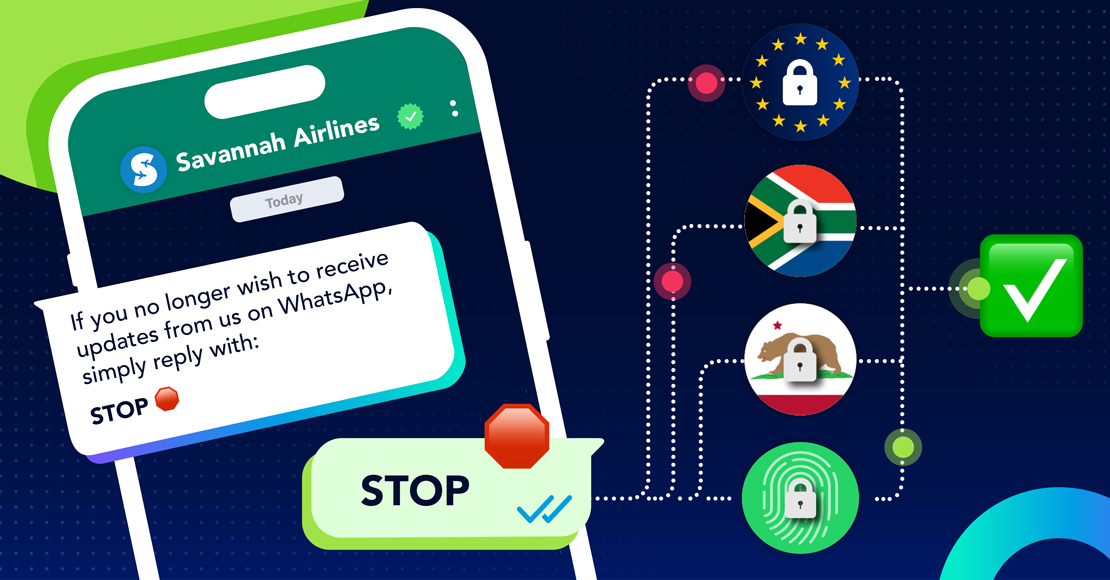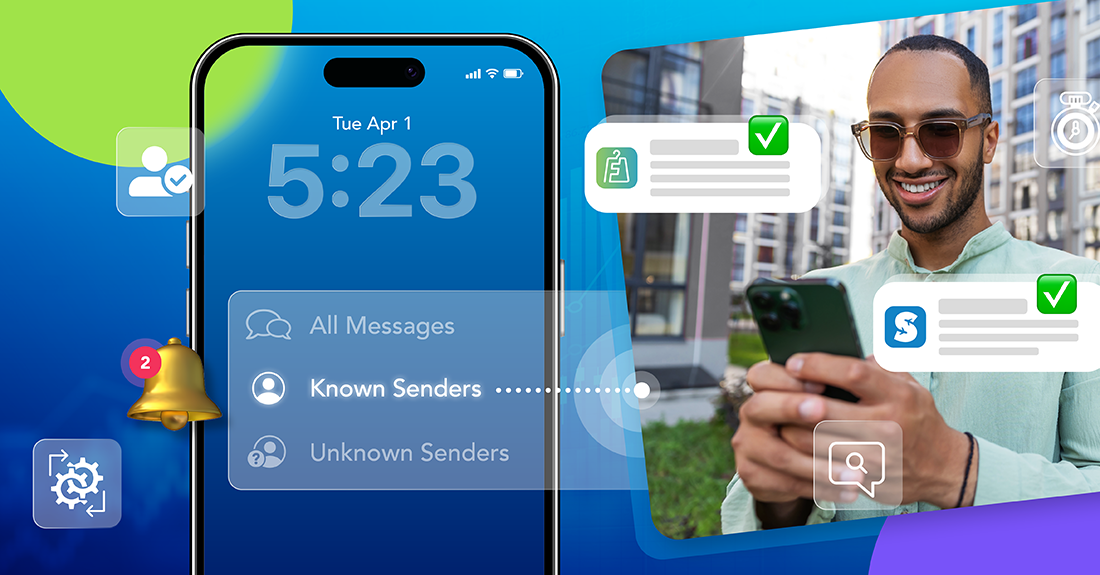
Apple’s iOS 26 software update introduces one of the most significant changes to mobile messaging in recent years: enhanced message filtering. While the update is positioned as a consumer benefit (reducing spam and unwanted texts) it has direct implications for enterprises that rely on text messaging to reach their customers.
With iPhones accounting for more than half of all smartphones in the U.S., and approximately 1.4 billion users worldwide, this change will fundamentally redefine how brand communications appear on these devices, and how businesses must adapt to maintain engagement, ROI, and trust.
In this article, we break down exactly what has changed, why it matters, and how brands can ensure their messages still land where customers will see them.
What’s New in iOS 26
At its core, iOS 26 adds new layers of filtering and categorization inside the Messages app, with a clear intention: Apple wants to give users cleaner inboxes and more control over who can reach them:
Unknown senders are muted by default
Messages from numbers not saved in the recipient’s contacts (or without prior engagement) are automatically routed to the Unknown Senders folder. Notifications are muted, meaning the recipient won’t know a message has arrived unless they actively check.
Promotions are at risk
Promotional SMS campaigns face the highest risk of being filtered out, especially if recipients haven’t engaged with the sender before.
Known senders are prioritized
Only messages from saved contacts, or numbers that users have previously engaged with (e.g., replying three times or more), reliably appear in the main inbox.
Time-sensitive bypass
Some urgent alerts, like OTPs or delivery confirmations, may still temporarily appear in the main inbox, even from unknown numbers.
Why This Matters for Businesses
For enterprises, this update reshapes the playing field for SMS engagement. Deliverability is no longer guaranteed, and in order to succeed, businesses must prove their identity and relevance upfront. Key risks include:
Declining visibility for campaigns
Marketing messages are more likely to be muted and overlooked, resulting in lower engagement and conversions.
Wasted spend
If large portions of your audience never see your SMS campaigns, ROI declines sharply.
Customer experience friction
Transactional messages (like delivery updates or appointment reminders) may be filtered if trust isn’t established — risking confusion, missed deadlines, or customer dissatisfaction.
Heightened need for trust and consent
This update signals Apple’s broader move toward consent-driven, verified communications. Brands can no longer assume that “delivered” equals “seen.”
How iOS 26 Filtering Works in Practice
There are some important nuances to understand, in how Apple’s filters behave.
Explicit urgency helps
Messages that include clear, time-anchored urgency (e.g., “Your order expires at 3 PM today”) were consistently surfaced as Time-Sensitive and appeared in the main inbox.
Transactional-style promos perform better
Promotions framed in a service-like tone (“Your reservation is incomplete. Finalize today to secure your seat”) were more likely to bypass filters than vague offers (“Hurry, don’t miss out!”).
Verification codes + promotions
Messages that mimic transactional OTP-style formats, with limited-time offers built in, gained stronger visibility.
Engagement is the strongest signal
Once a user replies to your messages or saves your number, future messages almost always land in the main inbox.
Vague urgency fails
Generic calls to action without specificity (“Act fast!”) were routinely filtered to Unknown Senders.
Best Practices to Stay Visible in iOS 26
The good news is that enterprises can take proactive steps to safeguard deliverability and engagement. Here’s what works:
1. Build Trust and Recognition
Use consistent sender IDs: Avoid rotating numbers. Stick with one long code, shortcode, or verified brand ID so customers learn to recognize you.
Encourage contact saving: Prompt customers to save your number during onboarding, through vCards, QR codes, or incentives (“Save us as a contact for 10% off”).
2. Make Messages Time-Sensitive
Add deadlines, dates, and timestamps to create urgency.
Examples: “Use code SAVE20 before midnight” or “Your delivery arrives in 20 minutes.”
3. Personalize and Contextualize
Include customer names, recent purchase details, or location-specific offers.
Tie messages to recent actions (purchase, booking, form submission) to establish relevance.
4. Adopt an Omnichannel Approach
Pair SMS with WhatsApp, RCS, Apple Business Messages, and other channels.
Use one channel to announce another, e.g., “Check your SMS for your delivery code”.
5. Verify Your Identity
Where available, use verified messages to display your brand name, logo, and verification badge in message threads.
This reassures customers and improves inbox prioritization.
6. Educate Your Customers
Let users know that important updates may appear in their Promotions or Unknown Senders folders.
Include simple how-to guides on whitelisting your number.
Practices to Avoid
Apple’s update also aims to discourage poor practices. To protect your deliverability:
Don’t rotate numbers: Inconsistency erodes trust and triggers suspicion.
Don’t send cold SMS blasts: Unsolicited bulk campaigns are more likely to be filtered.
Don’t rely on urgency alone: Empty urgency (“Act fast!”) will not cut through.
Don’t depend on one channel: SMS alone is now too risky; resilience requires an omni-channel approach, and orchestration.
The Bottom Line
With the release of iOS 26, Apple has sent a clear signal, that the era of bulk, unrecognized SMS is ending. Deliverability and engagement now depend on trust, consent, and recognition.
Enterprises that adapt early, by verifying their sender identity, redesigning message flows, and orchestrating across multiple channels, will continue to reach their customers effectively. Those that don’t risk seeing their messages, even legitimate ones, silently disappear into Unknown Senders.
The brands that future-proof their engagement strategies and treat trust not as an afterthought, but as the foundation of every customer interaction, will ultimately be the ones that survive these changes, and thrive in an increasingly competitive technological space.
Step into the future of business messaging.
SMS and two-way channels, automation, call center integration, payments - do it all with Clickatell's Chat Commerce platform.
